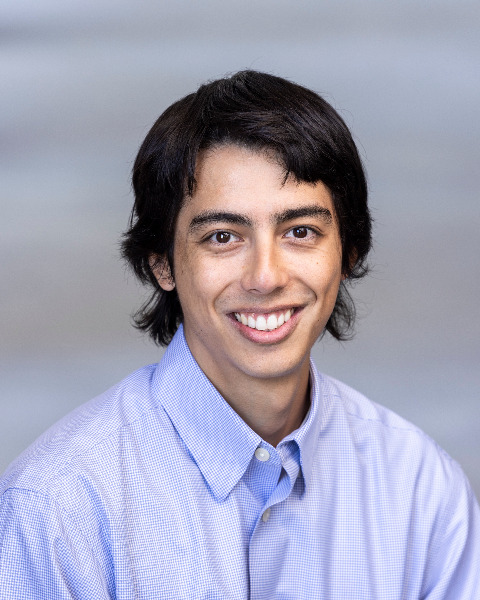
Bryce Dunn, MS
Graduate Research Assistant
George Mason University
At the crossroads of imaging and algorithms, Bryce Dunn, a driven and passionate PhD student at George Mason University, has been unraveling the secrets hidden within biological tissues through innovative applications of fluorescence imaging, photoacoustic imaging, and machine learning techniques. Advancements in the field of medical imaging have sparked revolutionary breakthroughs in disease diagnosis, treatment monitoring, and our fundamental understanding of biological processes.
Educational Journey:
Bryce Dunn embarked on his academic journey with an insatiable curiosity for the intricate world of bioengineering. Guided by his fascination for the convergence of biology, physics, and technology, he pursued a Bachelor's degree in Biological Systems Engineering. His pursuit of excellence naturally evolved into a Master's degree, where he dived deeper into the realm of medical imaging. Currently, Bryce Dunn is a dynamic PhD candidate at George Mason University, specializing in pushing the boundaries of medical imaging techniques. His research journey encompasses two cutting-edge modalities: fluorescence imaging and photoacoustic imaging. By harnessing the potential of light at different wavelengths, he has been able to uncover previously hidden details within biological tissues, enabling more precise diagnostics and deeper insights into diseases.
Future Prospects:
Upon completing his PhD, Bryce Dunn aspires to continue his journey as a trailblazer in fluorescence imaging. His goal is to support a multidisciplinary research lab that fosters collaboration between engineers, biologists, and clinicians, driving forward the development of next-generation imaging technologies and catalyzing the translation of research into tangible medical advancements.
Legacy:
Bryce's legacy will undoubtedly be marked by his unyielding commitment to pushing the boundaries of bioimaging. His work holds the promise of revolutionizing how we understand and diagnose diseases, and his passion for innovation serves as an inspiration to aspiring researchers seeking to bridge the gap between science and medicine.
Poster(s):
-
Thursday, October 12, 20232:00 PM - 3:00 PM PDT
